The Kokeshi of Nakanosawa and the Eccentric Genius of Iwamoto Zenkichi
In the world of traditional Japanese Kokeshi, some schools stand out for their unique style and fascinating history. Among them, the Nakanosawa school has an origin that is anything but conventional: its founder, Iwamoto Zenkichi (岩本善吉, 1877-1934), was not only a skilled craftsman but also a man of eclectic personality, leaving a lasting impact on the world of Kokeshi.
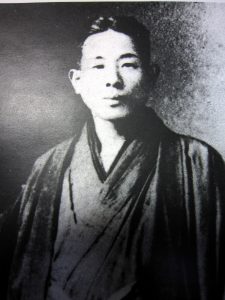
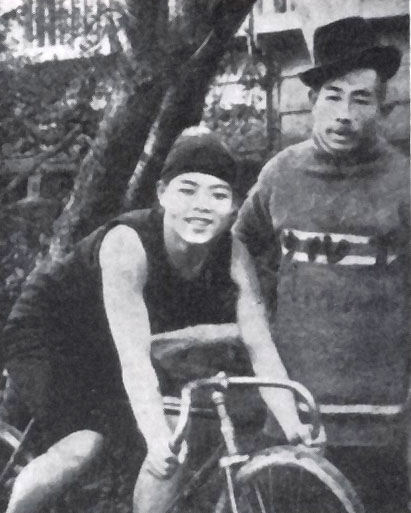
An Unconventional Master
It is said that Zenkichi was a great entertainer, captivating audiences with performances of dance and acrobatics. One of his most famous acts was the “Sakasa Kappore” (逆さカッポレ), an upside-down version of a traditional folk dance, performed with acrobatics and a mask with a wide-eyed, bewildered expression.
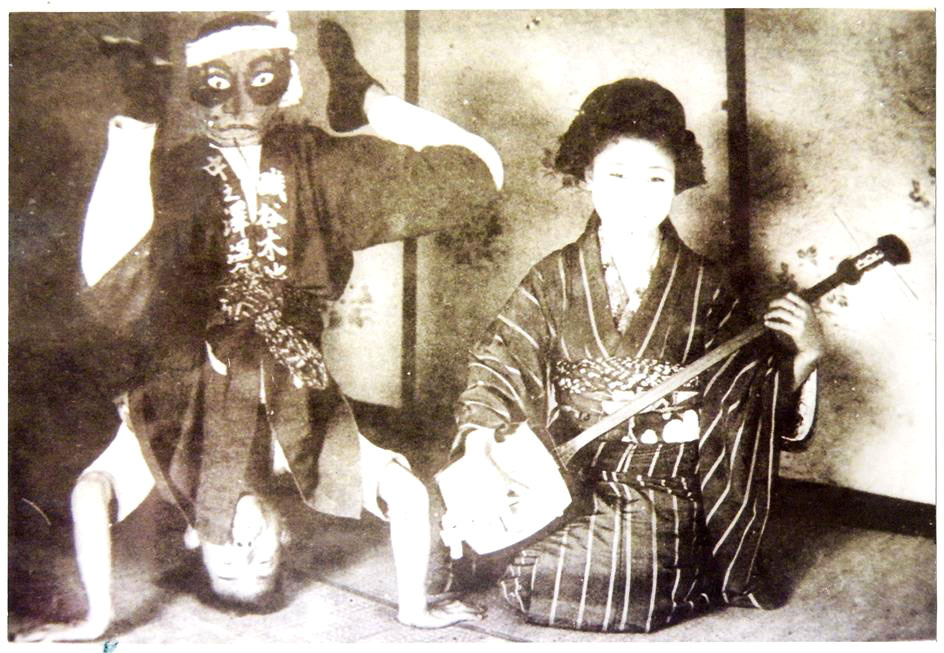
It is no surprise that the Kokeshi of the Nakanosawa school inherited this spirit: their wide, round eyes, their expressive faces, and a theatrical energy that sets them apart.
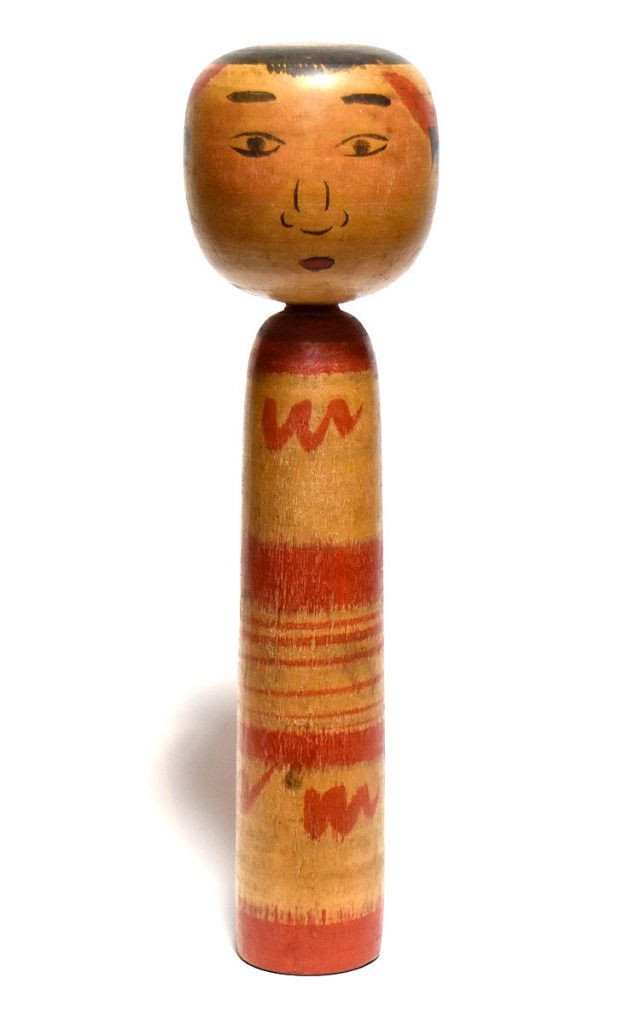
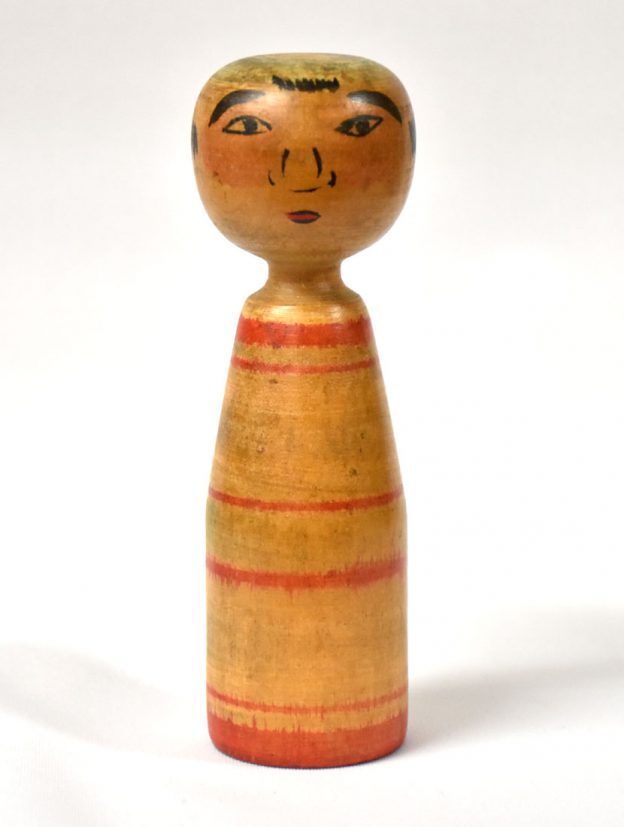
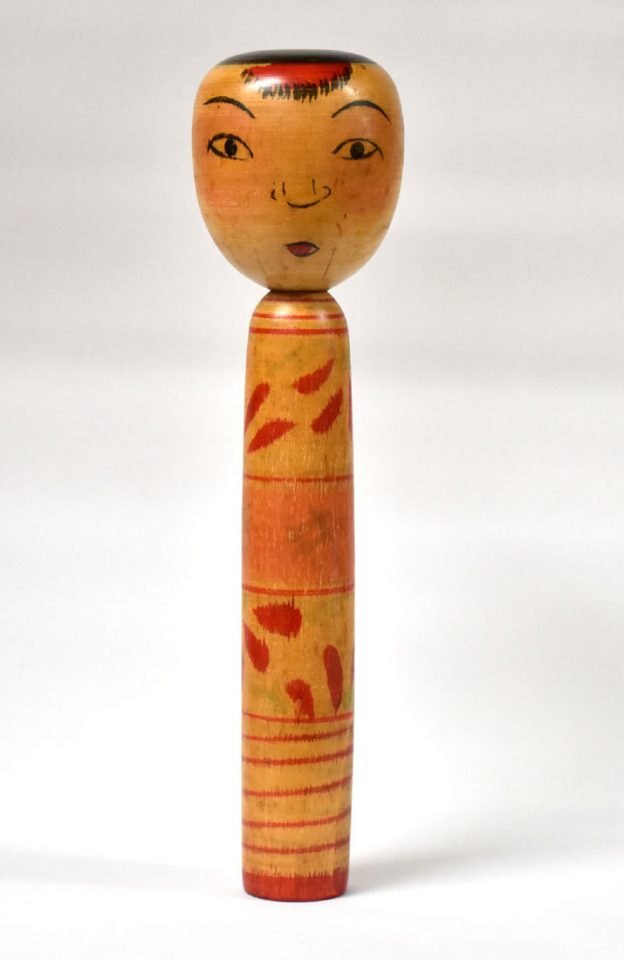
The Kokeshi of Nakanosawa: From Variant to Official School
The dolls created by Zenkichi and his apprentices are known for their unmistakable expressions and their evocative nickname: “蛸坊主” (Takobōzu, the Octopus Monk).
Their design features:
✔ Large, round eyes, as if always surprised or curious.
✔ A slender body, often decorated with floral patterns.
✔ A quirky yet charming look, just like their creator.
For a long time, the Nakanosawa school was considered a variant of the Tsuchiyu school, due to the strong influence of Sato Kakichi (佐藤嘉吉) and the traditional woodworking techniques of the region. Only recently has it been officially recognized as one of the 12 traditional Kokeshi schools, finally earning the status it deserves for its unique style and fascinating history.
Today, the artisans of the Nakanosawa school continue this tradition, keeping alive the memory of Zenkichi and his unmistakable style.
Two kokeshi – a story of discipline and legacy Nakanosawa Kokeshi
The two Kokeshi I am presenting here are the work of artisans from the Nakanosawa school — both direct apprentices of Iwamoto Yoshizō, son of Zenkichi, the creator of the Tako-bōzu style. Their features reflect the tradition they inherited: wide-eyed expressions, thick straight eyebrows, and that delicate balance between innocence and mystery that defines this lineage. The painted details — from the red shoulders to the varying thickness of the obi stripes — echo the fluid, wave-like brushwork characteristic of Iwamoto-san’s dolls.
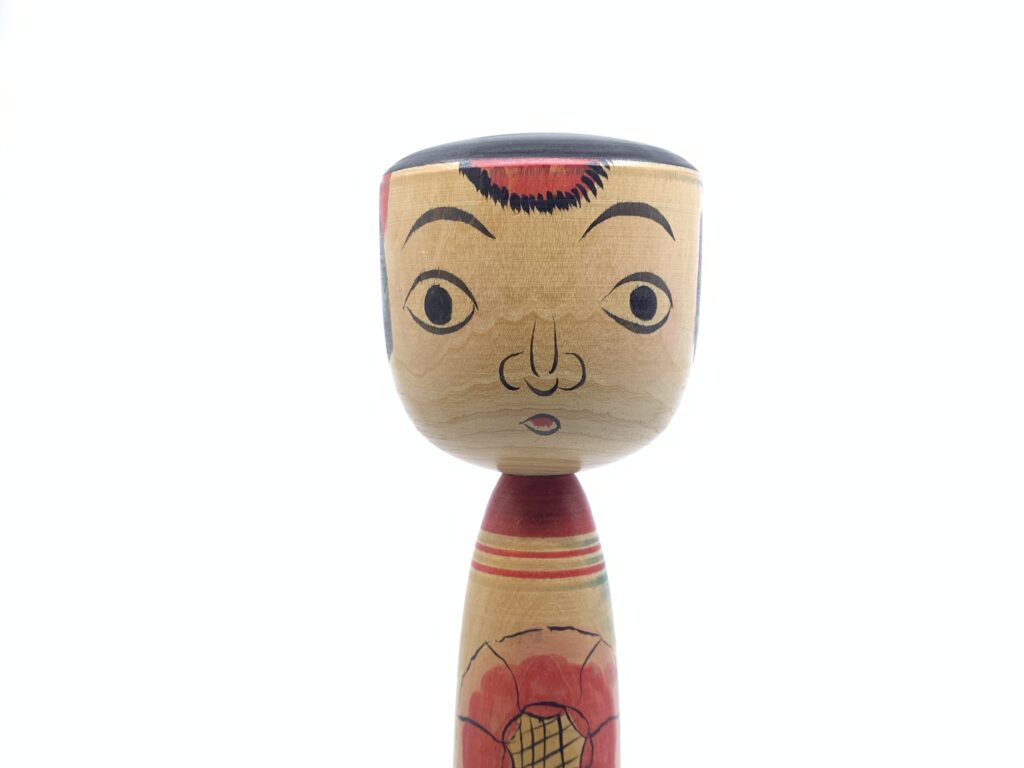
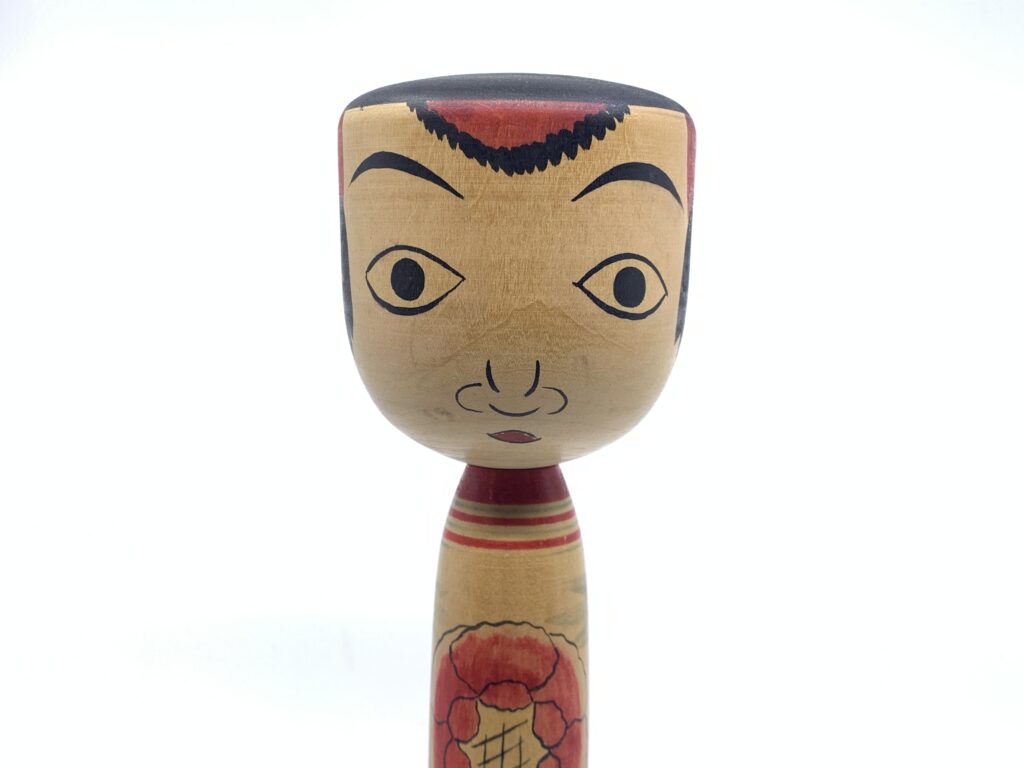
The taller doll (30 cm) is signed Sanpei Haruo (三瓶春男, 1929–1987). According to tradition, he once received seven punches from his master when his work didn’t meet expectations — a lesson in craftsmanship and resilience.
His name appears under the base, along with what may be a date from the Shōwa era, possibly placing the piece in the early 1970s.
The smaller one (27 cm) is by Fukuchi Yoshio (福地芳雄, 1927–1985), who moved from the Tsuchiyu style to fully embrace the Tako-bōzu tradition under Yoshizō’s guidance. He later became a founding member of the “Tako-bōzu no Kai” group.
At least one doll from this school is a must-have in any serious collection! Here are the details.
Further Reading
If you’d like to explore more about Nakanosawa Kokeshi and the story of Iwamoto Zenkichi, I recommend visiting KokeshiWiki, a valuable source of information and historical images.